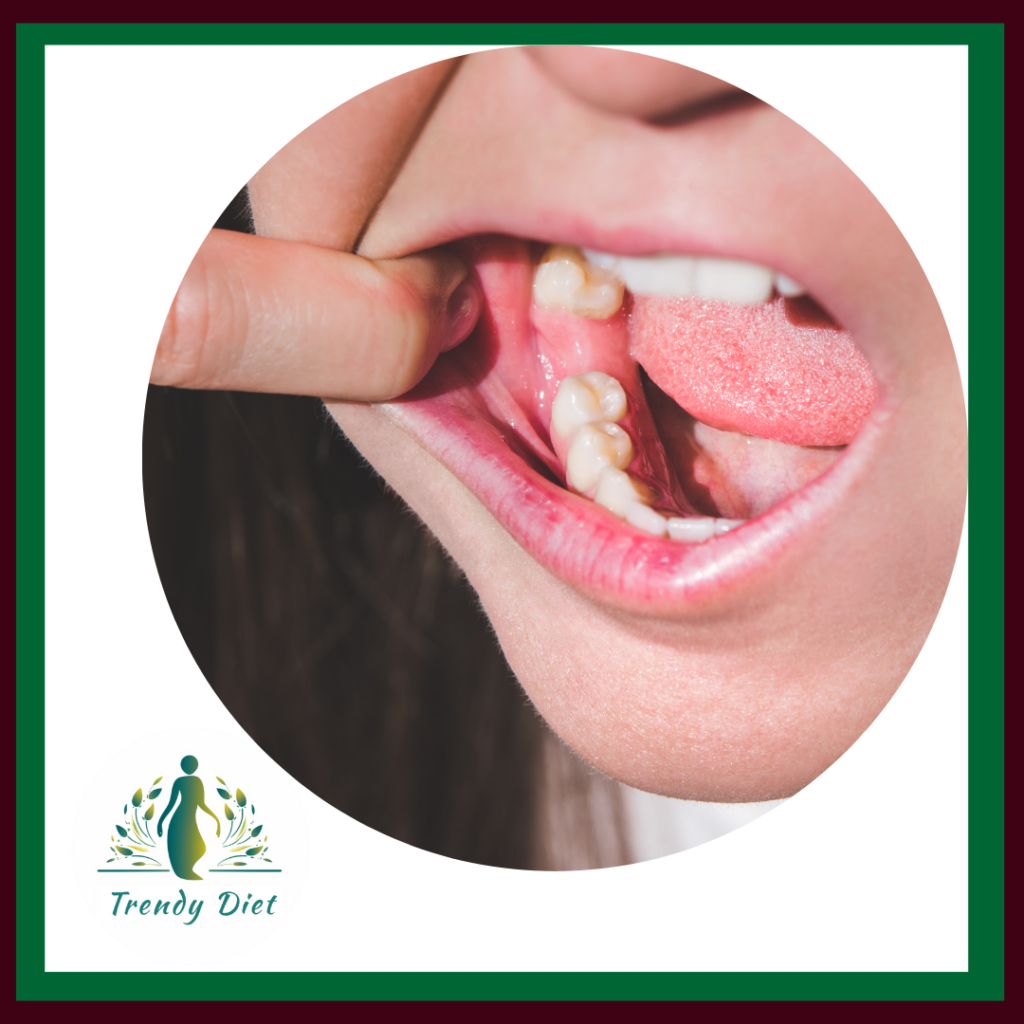
Many people endure the routine dental surgery of having their wisdom teeth removed. To guarantee a quick recovery and reduce pain after teeth removal surgery a suitable diet must be followed. The ideal foods to eat after wisdom teeth removal are covered in detail in this extensive guide, along with advice on how to manage your diet following surgery.
Why Diet Is Important After Wisdom Teeth Removal/Extraction
Let’s first examine why your diet is so important to the healing process after wisdom teeth removal before moving on to the specific foods. Wisdom tooth removal might result in swelling, pain, and difficulties fully opening your mouth. Foods that are simple to chew, swallow, and won’t irritate the surgery areas should be prioritized.
After 24 hours, consume only soft foods.
Keep to a diet of soft foods for the first 24 hours following the removal of your wisdom teeth. You might bleed, and your mouth will be sensitive.
You can indulge in the following soft foods during this early phase:
Yogurt
Choose plain, creamy yogurt devoid of any fruit pieces or seeds. It is a fantastic source of calcium and protein, both of which can speed up the healing process.
Soup
Stick to smooth, lukewarm soups like vegetable puree or broth. Spicy or chunky soups should be avoided since they may irritate the surgery areas.
Applesauce
is a great choice for the first 24 hours because it is a supple and simple to digest food. To avoid consuming extra sugar, be sure to buy unsweetened applesauce.
Mashed Potatoes
Creamy mashed potatoes can give you necessary nutrients and make you feel satisfied. Don’t add any hot spices or crunchy garnishes that can make you uncomfortable.
Smoothies
To make a filling and simple-to-consume smoothie, combine soft fruits, yogurt, and your preferred drink. To avoid moving the blood clot, avoid using a straw.
To stay hydrated throughout this stage, don’t forget to drink plenty of water. Use of a straw should be avoided since the sucking motion can disturb the blood clot and slow the healing process.
Introduce semi-solid foods gradually over the next few days.
You can gradually include semi-solid foods into your diet as your mouth begins to recover. These foods have a more substantial feel and let you chew without placing undue stress on the surgery areas.
Here are a few instances:
Scrambled eggs are a wonderful source of protein since they are soft and fluffy. To make sure they are simple to chew and swallow, cook them till well-done.
Oatmeal For a warming and satisfying supper, choose instant or quick-cooking oats. For added taste, mix in some mashed bananas or boiled apples.
Avocado is a fruit that is rich in nutrients and healthful fats. Eat it straight or mash it up and spread it on soft toast.
Cottage Cheese is a wonderful source of protein. It is smooth and silky. For more flavor, serve it with some mashed fruit.
Pasta should be supple and simple to eat after cooking. Use sauces without too many chunks or with small pieces that could cling to the surgery sites.
Make sure to keep up your water intake and stay away from anything crunchy or hard that could hurt or slow down the healing process after teeth removal
The Second Week and Beyond: Changing to Regular Foods
You can begin reintroducing typical items to your diet after the first week. However, it’s crucial to move slowly and pay attention to any pain or discomfort. The following foods can be progressively reintroduced:
Steamed veggies: To make veggies simpler to chew and digest, steam them until they are soft.
Soft Fruits: Choose ripe, easily chewed fruits like melons, bananas, and peaches. Fruits with tiny seeds or tough skin should be avoided.
Lean and Tender Meats: Pick chicken or fish that are lean and tender. Steer clear of meat that requires a lot of chewing.
Cooked Grains: To add texture and nutrients to your dishes, add cooked grains like rice or quinoa.
Soft Breads: Opt for bread that is chewable and soft. If necessary, choose gluten-free choices or give whole wheat bread a try.
It’s crucial to pay attention to your body’s signals and note any discomfort or pain. It’s advised to stick to softer foods for a few more days if you have any problems chewing or swallowing before resuming regular foods.
Advice for a Quick Recovery
Here are some suggestions to make sure a speedy recovery following wisdom tooth removal in addition to selecting the appropriate foods:
Follow your dentist’s recommendations on how to take care of your mouth after surgery to maintain good oral hygiene. This could entail gargling with saltwater or using a mouthwash that has been prescribed.
Manage Pain and Swelling: Follow your dentist’s instructions while using any painkillers. You can also lessen swelling on your face by placing an ice pack there.
Avoid Smoking and Drinking: Smoking and drinking raise the risk of problems and slow down the healing process. It’s advisable to stay away from them until you’ve recovered completely.
Keep Hydrated: To stay hydrated and encourage healing, drink lots of water throughout the day.
Steer clear of spicy or acidic foods because they can irritate the surgery sites and make them uncomfortable. It is recommended to stay away from them until you are fully recovered.
Conclusion
After having your wisdom teeth removed, making the appropriate food choices can have a big impact on your recovery. During the first 24 hours of teeth removal, stick to soft foods; over the following few days, gradually introduce semi-solid foods; and when you recover, return to regular foods. Pay attention to your body’s cues, adhere to your dentist’s recommendations, and take your time recovering. You can quickly get back to enjoying your favorite foods with the right diet and care.
Remember to call your dentist or oral surgeon right away if you feel any extreme pain, excessive bleeding, or other issues.
